Per a study by Capgemini, 68% of supply chain organizations are leveraging AI-enabled solutions. With an expected compound annual growth rate (CAGR) of 42.7% between 2024 to 2033, the industry is rapidly expanding due to the plenty of benefits that come along with AI adoption for supply chain optimization.
However, for AI implementation to be successful in such a critical industry, frontline workers are often tasked with paving the way forward, since they are the people using the technology and performing the duties on a daily basis.
So, the big question is resounding: “How can leaders implement AI effectively, ensuring that their investments yield returns while empowering frontline workers?”
The answer lies in preparation. There’s no such thing as overplanning, especially when implementing new technology in the workplace.
We’re going to see how AI adoption can transform supply chain companies for the better, as well as explore the best practices for implementing AI in the workplace.

What is AI Adoption?
AI adoption can be categorized into two main ideas, namely the concept of using AI for a single use case or application (or, AI as a project). More broadly speaking, AI adoption refers to AI adoption as an end state, which is how an organization chooses to deploy AI into its strategy, people, processes, and supply chain technology.
Given the stats listed at the start of this article, it’s safe to say that most companies are looking towards AI adoption as an end state, or a way of doing business. To complete AI implementation successfully, it’ll involve:
- Research
- Goal-setting
- Buy-in from executives
- Data control
- Functional technology
- A dedicated team
- Invested employees
- Training
- Testing
- Monitoring
Pros and Cons of AI in the Workplace
When it comes to supply chains, there is an immense need for attention to detail, timeliness, access to data, and agile decision-making given the nature of the industry. With AI in the workplace, companies can expect an array of benefits.
Benefits of AI in the Workplace
Some of the most notable pros of adding AI in supply chain organizations include:
Scalability
AI can ingest a large volume and velocity of data in seconds and provide analysis on the spot. While humans would otherwise be bogged down performing calculations manually and collecting data across spreadsheets, AI-enabled tools save time and support efficiency. These capabilities enable scalability within an organization, with the power to conduct demand forecasting, warehouse management, and route optimization, for example. All of these upsides result in lowered expenses and waste, faster growth, and streamlined workflows.
Real-time Insights
One of the greatest impacts that AI delivers within the supply chain sector is real-time insights and analysis. By being able to leverage the continuous flow of data within an organization, businesses can respond proactively to changing customer needs, anticipate situations or issues before they arise, and understand changing market conditions.
Automation
AI-enabled solutions empower automation so that workflows can be handled without key person dependencies, mistakes, or delays. What this means for your team is that they have more time to spend on analysis and critical decision-making, rather than data-heavy and repetitive labor. Additionally, when it comes to supply chains, automation of key processes means that there’s a lowered risk of accidents or injuries at the hands of heavy machinery.
Challenges in AI Adoption
The host of advantages may be tainted ever so slightly by some of the drawbacks that come along with AI’s implementation. However, the good news is that with proper knowledge and preparation, it’s definitely possible to overcome the hurdles to gain the benefits.
Some challenges in AI adoption that you may face are:
- Questions of Data Quality: Since AI relies on quality data to work properly, organizations have to be able to get a strong hold of the data that comes into the business. That being said, most AI solutions are capable of collecting, centralizing, and cleansing data before applying it for analysis, which helps to greatly lower the risk of using inaccurate or incomplete data.
- Costs of Implementation: There are of course upfront costs associated with using any new technology. Yet, when you assess the return on investment, time savings, and error reduction that come along with using AI-enabled tools, you’ll quickly realize that it proves to be worth it.
- Pushback by Employees: Last but not least, and very importantly, your frontline workers and team are critical in the success of the AI you choose to deploy. At first, they may feel like their role is being replaced or fear change, but with proper planning, leaders can alleviate these qualms and ease tensions. Keep reading to learn how.

How to Address Employee Fears and Potential Pushback
As with every relationship, including in the workplace, communication is key. Leaders must prioritize clear and concrete communication to foster a working environment in which employees feel heard. They should develop a communications plan that emphasizes directness. It’s essential to be upfront and thoughtful with your workforce, explaining exactly what AI technology is being implemented, how it’s being used, and how it’s expected to work alongside them.
Your organization’s communication plan should be genuine and empathetic, clearly addressing employee concerns. Even if all answers are not immediately available, it’s best to address your employees’ perspective in an upfront manner.
It’s natural and acceptable for staff members to feel apprehensive about change; many leaders likely share similar sentiments to varying degrees. Effective communication in these situations requires a delicate balance between projecting confidence and demonstrating empathy. By authentically addressing concerns while maintaining a clear vision, executives can foster trust and guide their teams through periods of change.
If possible, conduct this communication in a format that allows employees to openly voice their opinions and concerns — akin to a town hall meeting. Sending such an update via company-wide email may come across as impersonal and artificial.
Best Practices for AI Adoption in the Workplace
With your communication plan brewing, let’s take a look at a few other best practices for AI adoption in the workplace.
- Regular Meetings: Town halls and open forum meetings shouldn’t be a one-time symbolic action. Rather, they should be regularly occurring, ideally once a quarter or more often. Technology is ever-adapting, and these check-ins serve dual purposes: assessing employee well-being and evaluating the implementation, usage and effectiveness of AI technologies.
- Careful Selection of Tools: For AI to be effectively adopted by the workforce, it’s important to prioritize tools that take a human-first approach. This involves critically researching and determining whether the technology is designed to enhance employees’ work and make their lives easier, while also staying cautious of tools that make exaggerated or aggressive claims.
- Training and Support: Additionally, in your research, make sure that comprehensive training for employees is easily accessible. Ensuring that employees understand how to use the technology effectively is vital. This not only boosts their confidence and job performance, but also helps to achieve a better return on investment for the company’s AI initiatives.
AI in Workplace Examples
When it comes to AI adoption for supply chains and AI adoption in manufacturing, where exactly does the technology shine? The use cases are seemingly limitless; let’s review some key examples of how to use AI to bolster your supply chain.
Demand Forecasting and Inventory Optimization
AI and machine learning can be used to identify patterns in data. This helps to predict the right levels of inventory, supplies, and customer demand.
Route Planning
For delivery vehicles, route planning cuts down on wasted time, fuel, and resources. Route optimization entails real-time data processing, predictive analysis, and AI algorithms to assess traffic patterns, delivery times, addresses, and even weather forecasts.
Speech-Enabled AI with aiOla
Many businesses are making use of speech-enabled AI solutions for frontline workers. For starters, they offer an easy-to-adopt technology that integrates with existing tools and devices. aiOla, in particular, is speech AI that understands business-specific jargon, in any language, acoustic environment, and accent.
Workers of any skill level can leverage aiOla to complete tasks through voice, capture otherwise lost data, collaborate more effectively, and gain access to insights. For logistics and warehousing, the use cases are endless, including:
- Pallet logging
- Data control
- Operations management
- Supervision
- Internal control
- Inspections
- Equipment monitoring and maintenance
- Safety compliance
The Bottom Line
AI adoption across industries is gaining popularity rapidly because of its wide range of benefits and relatively low barriers to entry.
For supply chain organizations, you can expect to cut costs, maximize productivity, increase safety, and boost collaborative efforts by implementing AI solutions. Curious to see how speech AI can add efficiency within your business? aiOla’s team is here to talk!








